In our piece covering NVIDIA announcing its intent to acquire Mellanox, we did not hide where we thought that acquisition signaled as a direction for the company. See our NVIDIA to Acquire Mellanox a Potential Prelude to Servers. There, we said that the endgame was to put GPUs on the network, potentially bypassing traditional x86 servers. With today’s BlueField-2 and BlueField-2X launch, along with DOCA software, NVIDIA showed its vision and roadmap for the future clearly. This includes DPUs that combine Arm compute cores, NVIDIA GPU IP, and Mellanox derived networking. At GTC 2020 (#2) we get the roadmap to a unified server DPU SoC.
What is a DPU?
If you are looking for a quick primer on “What is a DPU?” we have a What is a DPU A Data Processing Unit Quick Primer. You can also see the video here:
In those pieces, we cover BlueField-2 and some of the other promising DPU solutions in the market.
NVIDIA DPU Roadmap
NVIDIA as part of the announcement showed off a very impressive roadmap. Reading into the roadmap, NVIDIA has a lot going on that we wanted to discuss.
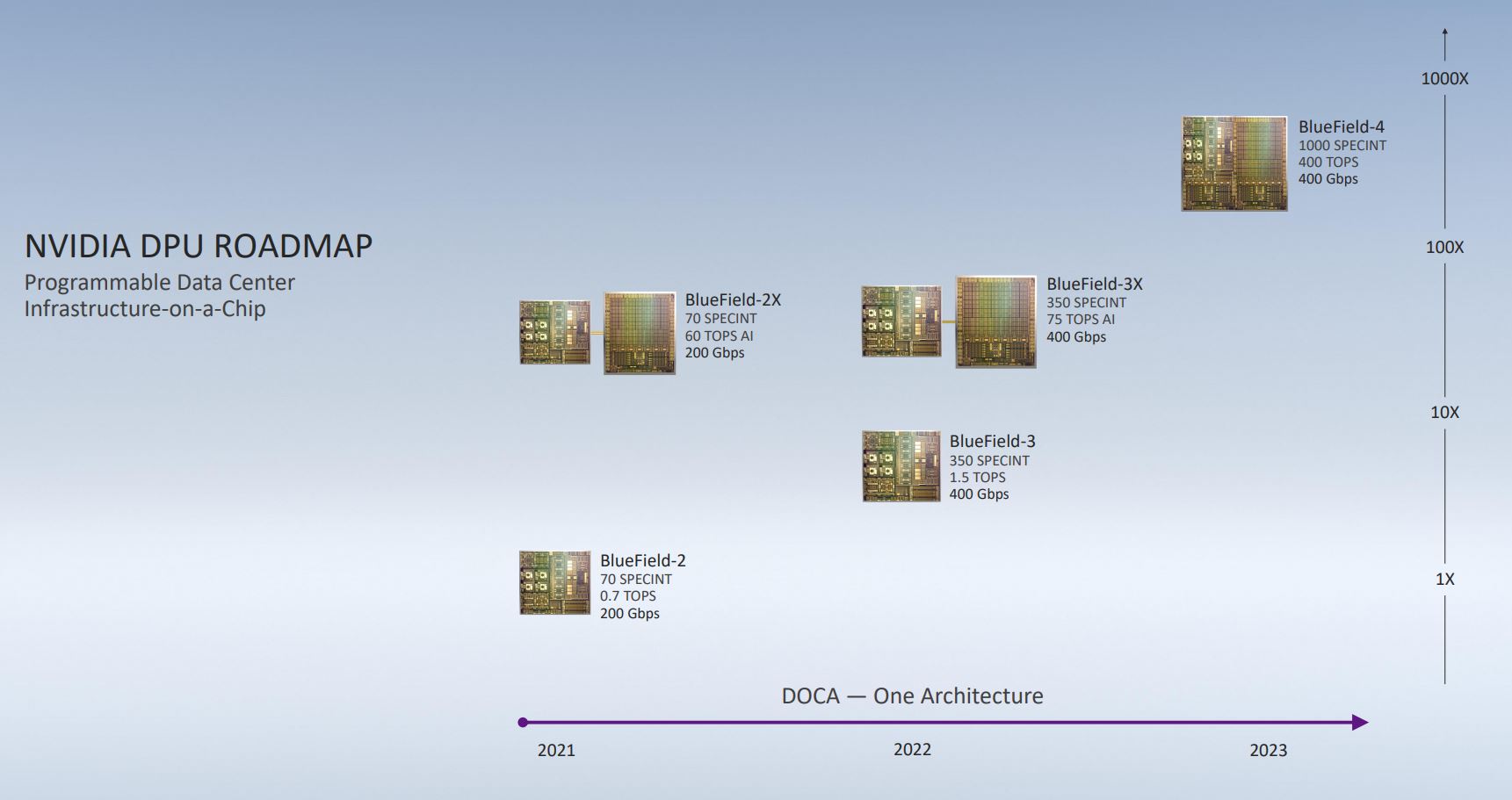
On this chart, we can see the BlueField-2X and BlueField-2 which NVIDIA showed off today as well. We have another article discussing those. What we want to point out is that the BlueField-2X uses a PCIe Gen4 x16 connection between the BlueField DPU SoC and the Ampere GPU.
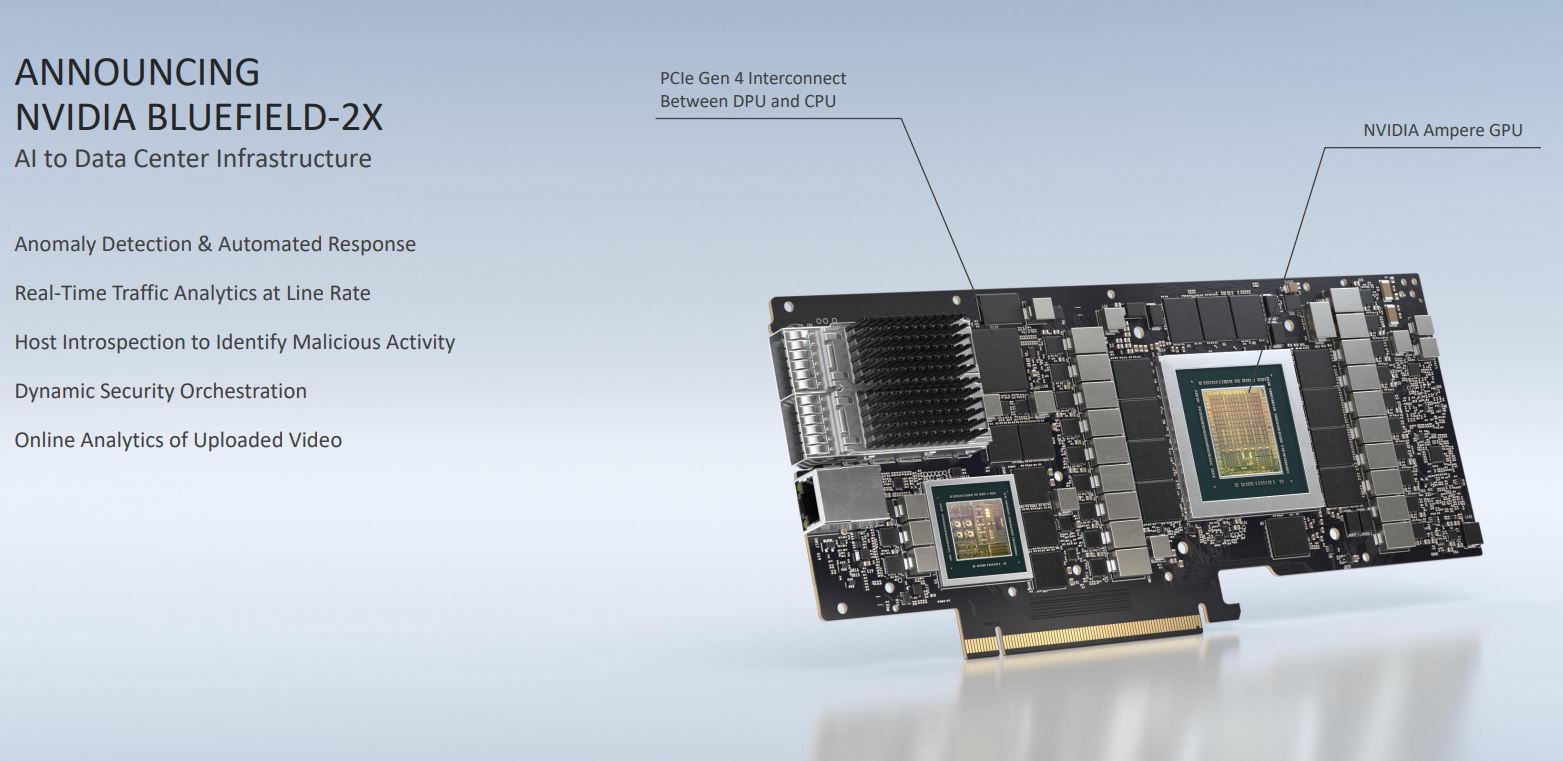
Looking ahead, we see in 2022 that we will have another generation. This time we will move to 400Gbps networking. While a PCIe Gen4 x16 link can handle a 200Gbps interface, it cannot handle 400Gbps. As we discussed in The 2021 Intel Ice Pickle How 2021 Will be Crunch Time around late 2021 or early 2022 we expect to see PCIe Gen5. We can thus assume we will see a ConnectX-7 with 200Gbps/ 400Gbps networking and PCIe Gen5 support by 2022. This will be required to hit the BlueField-3 performance targets in 2022. We can also see about a doubling of performance. That means updated and perhaps more Arm cores. Some of NVIDIA’s DPU competitors are already pushing ahead with 16 core designs in this generation with newer cores.
We can also expect a PCIe Gen5 generation GPU from NVIDIA in 2022. This DPU roadmap chart is effectively tipping that update as well. That new PCIe Gen5 GPU will pair nicely with an updated DPU to make BlueField-3X. We can see there is still a PCIe link between the DPU and GPU. This will also be the era we get CXL so that opens some interesting options in this generation as well.
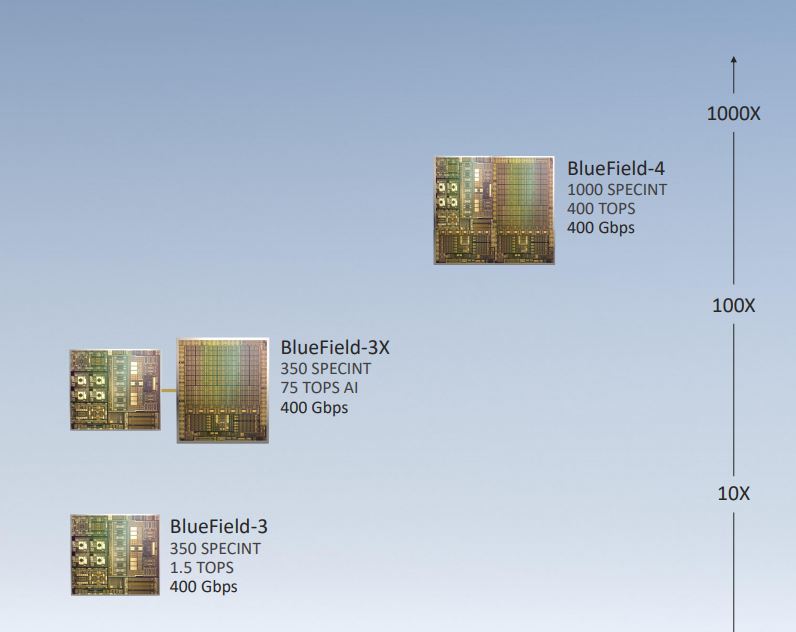
In 2023, we get to what is the near-term endgame. BlueField-4. We no longer see an “X” and something else is missing. There is no link between the DPU SoC and the GPU die. This is the vision we first discussed when we discussed BlueField (1) in the context of the Mellanox acquisition. NVIDIA is moving to deliver accelerated DPUs using CUDA GPU cores, Arm Cores, Mellanox Networking IP all on a single package.
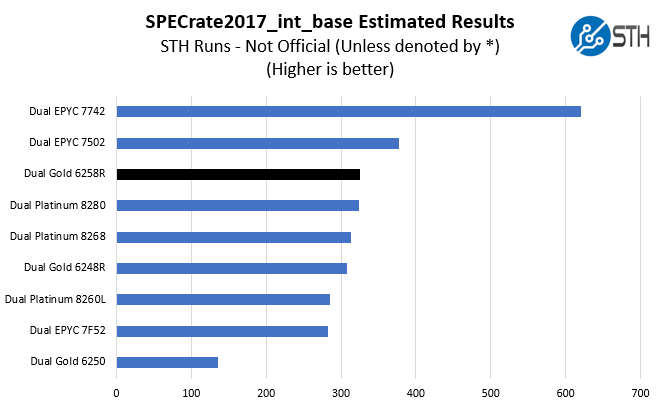
NVIDIA BlueField-4 is being shown as a 2023 product but with a SPECINT number well beyond today’s x86 CPUs (assuming this is CPU2017 being used.) As you can see from the above chart, NVIDIA is effectively claiming that we will see a BlueField-4 DPU with the equivalent performance of around four AMD EPYC 7742 2019 generation processors.
Final Words
Overall, this is an extremely exciting development. This is how NVIDIA can start to move its GPUs from accelerators within servers to resources on the network managed by DPUs. For large data centers, this is the model we are moving towards. It is also impressive that NVIDIA has plans to move the integer performance higher by over 14x by 2023. That is an enormous gain in only three years.
The other side to getting a 14x gain in three years on the Integer side, assuming it is coming from the Arm CPU cores, is that NVIDIA basically needs something that is faster than today’s x86 CPUs. That makes the CPU cores in the BlueField-4 SoC more than just an offload engine in three years.
NVIDIA is already discussing how this type of card will push not just data center applications, but will also bring the EGX Edge AI platform to reality. NVIDIA can use these DPUs to deliver AI acceleration to the edge with products such as the BlueField-2X.
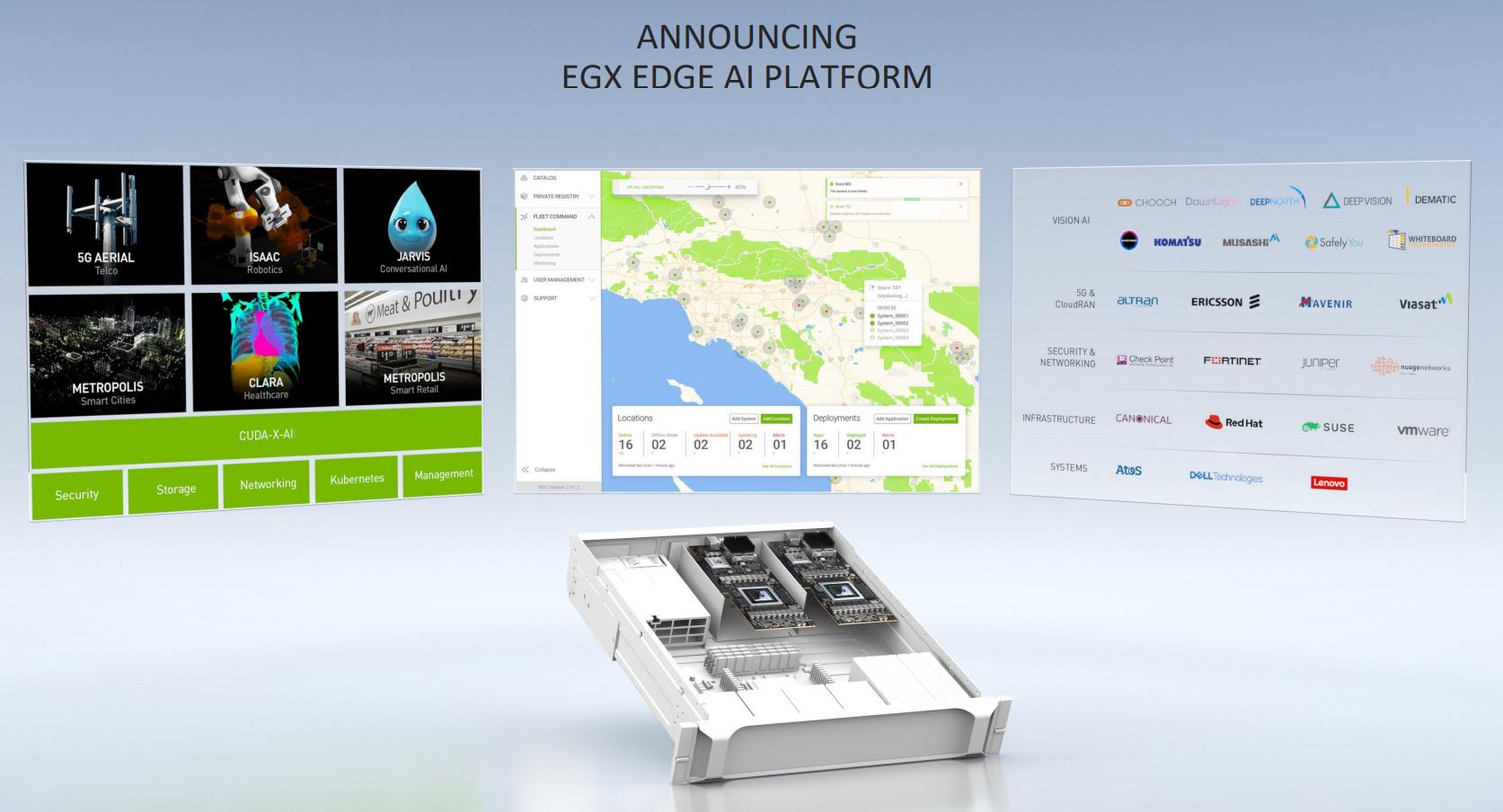
At STH we have been following the BlueField line since 2017. It started as a storage acceleration SoC. Our best bet is that over the next 3 years, NVIDIA is going to add to its impressive AI (CPU), Arm (CPU), and Networking (Mellanox) stable by adding a software-defined storage solution that can run atop future BlueField processors. Stay tuned for that story.

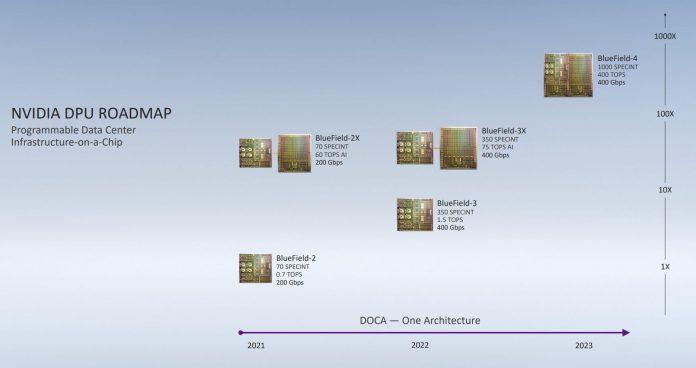
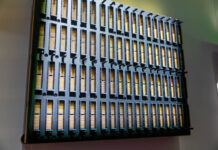


Fairly sure they’re using SPEC 2006, not 2017, for those charts. It lists Bluefield 2 at 70 SPECINT, and you can be damn sure that 8 A72’s do not reach 70 in SPEC2017. No consumer 8-core desktop CPU today does either.
In which case, 1000 SPEC(2006)INT is more in the range of what a max-SKU Intel Xeon Scalable achieves today.
Intel made a mistake trying to push their x86 everywhere strategy and I think Nvidia is making the same mistake with their GPUs.
I think it makes no sense to put a GPU on a SmartNIC. Traditionally SmartNICs have used a FPGA as an accelerator because it offers both huge parallelism and low latency. GPUs are designed for throughput, not latency.